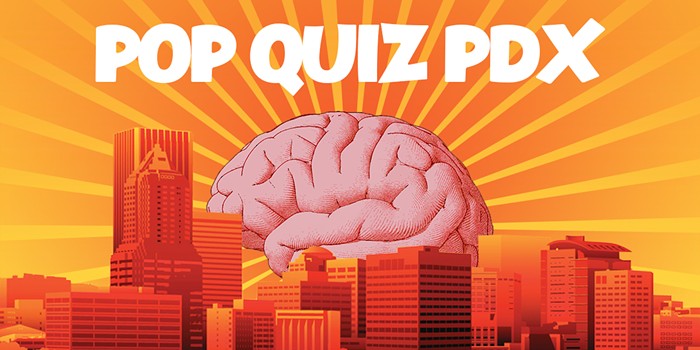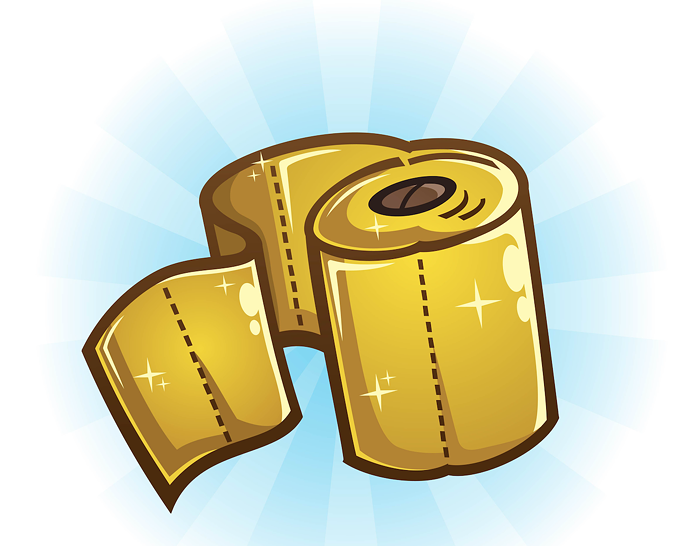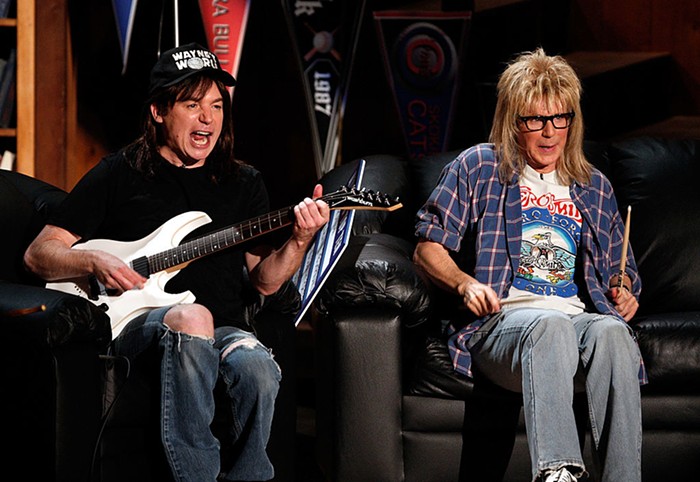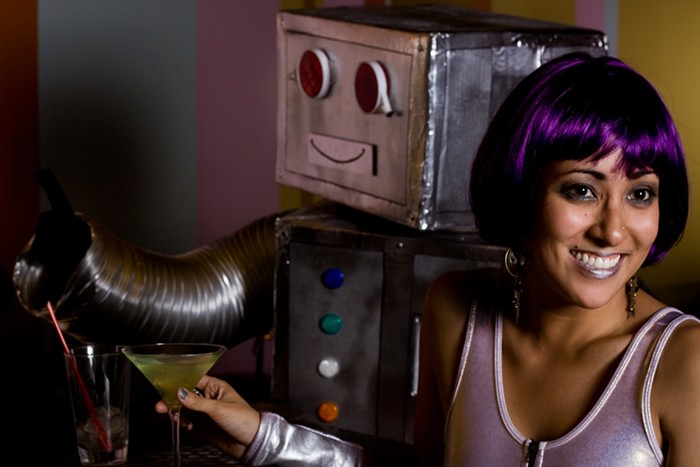"IN THE EARLY modern period," begins Robert Eggers, writer and director of the deeply unsettling The Witch, "the real world and the fairy tale world were the same thing." It's an appropriately Once Upon a Time preamble for discussing the film, in which a devouter-than-thou family of New England Puritans venture past the outskirts of civilization, only to attract the attention of a primal—and terrifyingly implacable—force. "These days, the evil witch is more of a Halloween decoration," Eggers says, "so we have to go back to the 17th century and be in that mindset to believe again. In that time, the idea of an evil witch was a given, like, a tree is a tree, a rock is a rock."
The Witch's premiere at Sundance marked the culmination of a nearly six-year development process, during which Eggers—a former production designer making his feature-length directorial debut—spelunked deep into the minutia of colonial times, with enough of the historical record left intact in the final script to earn a prominent end credit. "The early drafts," he says, "were these mangled, cannibalized collages of other people's words that got honed into something more of my own over time. If I was having a bad writing day, I could always find more research, and it was always helpful." While the painstakingly recreated trappings lend an uncanny reality to the proceedings, the director is quick to point out that he never felt held hostage by his findings. "The archetypal moments," he says, "are more important than historical accuracy."
Said moments run fast and hot, beginning with an early appearance by the title character that indelibly establishes her otherworldly threat levels. "Showing the witch wasn't intended to get rid of the story's ambiguity," says Eggers, "but a way of showing the audience what the stakes were right away." The film's bravura centerpiece, however, involves the apparent demonic possession of one of the younger family members, played by the wonderfully named Harvey Scrimshaw. Utilizing dialogue taken from actual cases, it creates a mood that may have you trying to lean toward the screen and cringe away simultaneously. "The exorcism was the hardest scene to do by far," the director acknowledges. "Just objectively, when you look at the page, it's, like, 11 pages of screaming. It was very clear that if that scene didn't work, the whole film was over." It works.
There's a lot more that can be said about The Witch, ranging from the alternately ominous and naturalistic sound design, the unflashy yet mountingly taut editing style—according to Eggers, the film was virtually cut in camera—and how the narrative's increasing focus on the family's teenage daughter (a fantastic Anya Taylor-Joy) summons more than a few uneasy echoes of modern times. ("Even today," says Eggers, "we're still struggling as a collective cultural consciousness to accept female power.") What matters most, maybe, is just how remarkable a horror movie The Witch is. Aided by Mark Korven's droning marvel of a score, Eggers' film largely eschews the easy relief of jump scares, building instead a supercharged atmosphere that amps up whenever something new enters the immaculately composed frame, be it man or rabbit or goat. (Oh, that goddamned goat.) By the final enigmatic scene, a sustained state of magic terror has been achieved that more than justifies the acres of hype. Hype that includes, by the way, a rather lucid, well-reasoned endorsement from an organization known as the Satanic Temple.
"It's nice to have fans," Eggers says, which is about as diplomatic as one can be when dealing with a Satanic thumbs-up. He's here to stay.



















